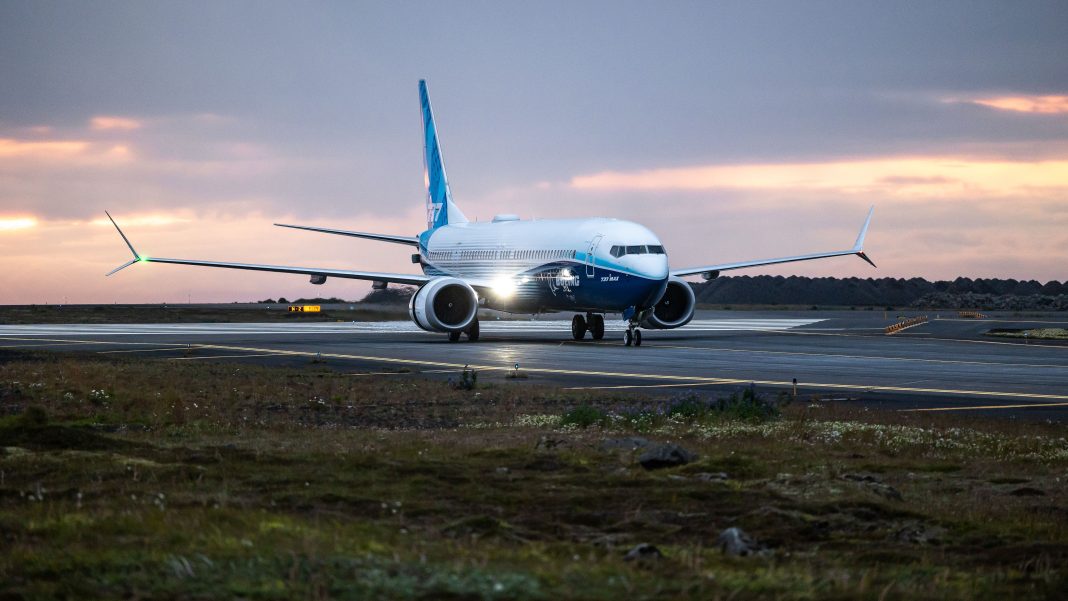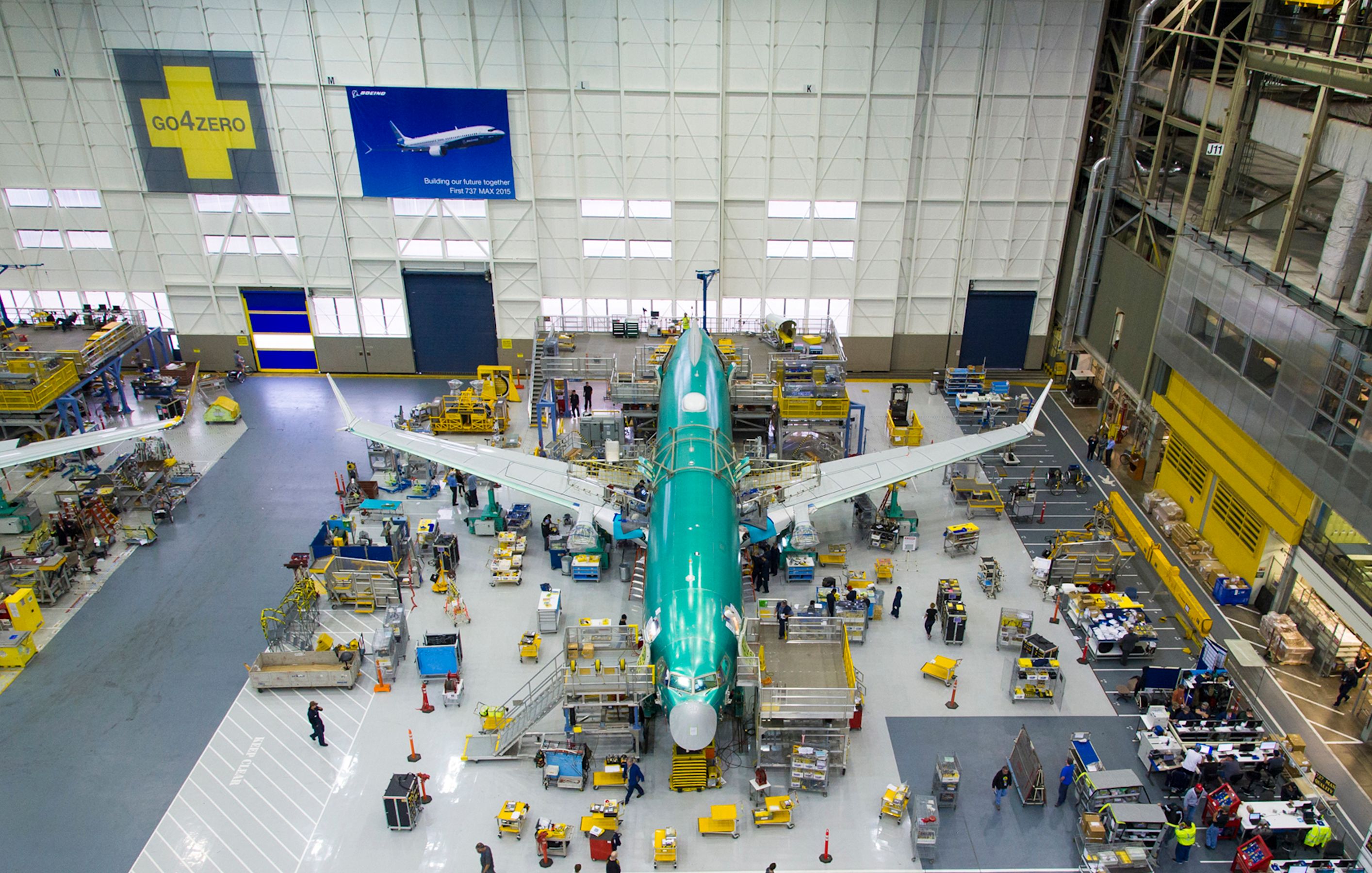Summary
- Boeing reported a loss of $3.26 per share on sales of $18.1 billion in Q3 while securing a significant number of orders.
- Despite challenges, Boeing has implemented rigorous quality processes, increased production rates, and focused on instilling a culture of transparency.
- Boeing expects to deliver 375-400 Boeing 737 aircraft this year and aims to reach production rates of 38 aircraft per month by the end of the year.
US aircraft manufacturer Boeing has announced its third-quarter results. The company reported a loss of $3.26 per share on sales of $18.1 billion, even while securing a significant number of orders.
Third-quarter revenue in the Commercial Airplanes department increased to $7.9 billion due to higher 787 deliveries, even as its operating margin remained in the red due to lower 737 deliveries, abnormal costs, and period expenses, including research and development.
Beset by challenges
In April, Boeing revealed a non-conformance issue related to the aft pressure bulkhead section of certain 737 airplanes. The problem was not an immediate safety of flight issue, but it led to delivery and production delays as the program performed necessary inspections and rework.
In a memo to employees, Boeing President and CEO Dave Calhoun shared some of his thoughts regarding the company’s third-quarter results. He highlighted the challenges the company faces, particularly in terms of lower commercial deliveries and continued losses in its defense business.
“We’ve seen those challenges firsthand this year, whether they be conformance items, development hurdles or supply chain issues – and consequently, I have heard those outside our company wondering if we’ve lost a step. I view it as quite the opposite.”
“Over the last several years, we’ve added rigor around our quality processes, hired tens of thousands of engineers and mechanics, advanced key investments in our future, transformed our functions and gradually increased our production rates.”
“Most importantly, we’ve worked hard to instill a culture of speaking up and transparently bringing forward any issue, no matter the size, so we can get things right for the future.”
Photo: Boeing
The issue arose from one of Boeing’s suppliers and involved the installation of two fittings that join the aft fuselage to the vertical stabilizer.
Keeping up with deliveries
Boeing confirmed it now expects to deliver 375-400 of its Boeing 737 aircraft family this year. Having established its suppliers are continuing with planned rate increases, the company announced it aims to reach a production rate of 38 aircraft per month by the end of the year. The ultimate target is a production rate of 50 per month in the 2025/2026 timeframe.
The manufacturer’s Boeing 787 Dreamliner program is also looking to increase production rates. Officials confirmed this week that the 787 program is now transitioning production to five planes per month with the goal of reaching ten completed aircraft per month in the same timeframe. Boeing still expects to deliver 70-80 airplanes across its Dreamliner family this year.
Down in the Defence Department
Boeing’s Defense, Space & Security wing made a $482 million loss over the quarter. Part of this loss comes from Boeing’s work on the new Air Force One. The VC-25B program experienced higher than estimated manufacturing costs related to engineering changes, labor instability, and ongoing supplier negotiations.
There were some highlights for the department over the quarter, however. Boeing delivered the first T-7A Red Hawk to the US Air Force and secured several significant orders, bringing its backlog in the department up to $58 billion. In a statement to investors, Calhoun reiterated that the company is on track to meet its financial goals for this year and long-term projections despite its immediate challenges:
“We are focused on driving stability in our supply chain and improving operational performance as we steadily increase production rates to meet strong demand.
“The important work we’re doing to add rigor around our quality systems and build a culture of transparently bringing forward any issue, no matter the size, can bring short-term challenges – but it is how we set ourselves on the right course for our long-term future.”
Earlier in the quarter, Boeing received an order from the US Navy for P-8 trainer upgrades.
Preparing for growth
Calhoun emphasized that the organization must continue to improve operational performance and drive stability in its supply chain to meet its ongoing customer commitments, finish the year strong, and position itself well to head into 2024. The commercial airplanes sector alone delivered 105 airplanes during the quarter, and its backlog now reaches over 5,100 aircraft valued at $392 billion. Boeing also celebrated the delivery of its 150th 737-800 Boeing Converted Freighter from the Global Services department over the third quarter.
The aircraft manufacturer has seen several significant orders placed and solidified over the third quarter. The largest of these was an order of 150 Boeing 737 MAX 10 airplanes for Ryanair. Other significant customers include United Airlines, which ordered 50 787 airplanes, and Saudi Arabian Airlines, which ordered 39 of the Dreamliners.
[ad_2]
Source link



